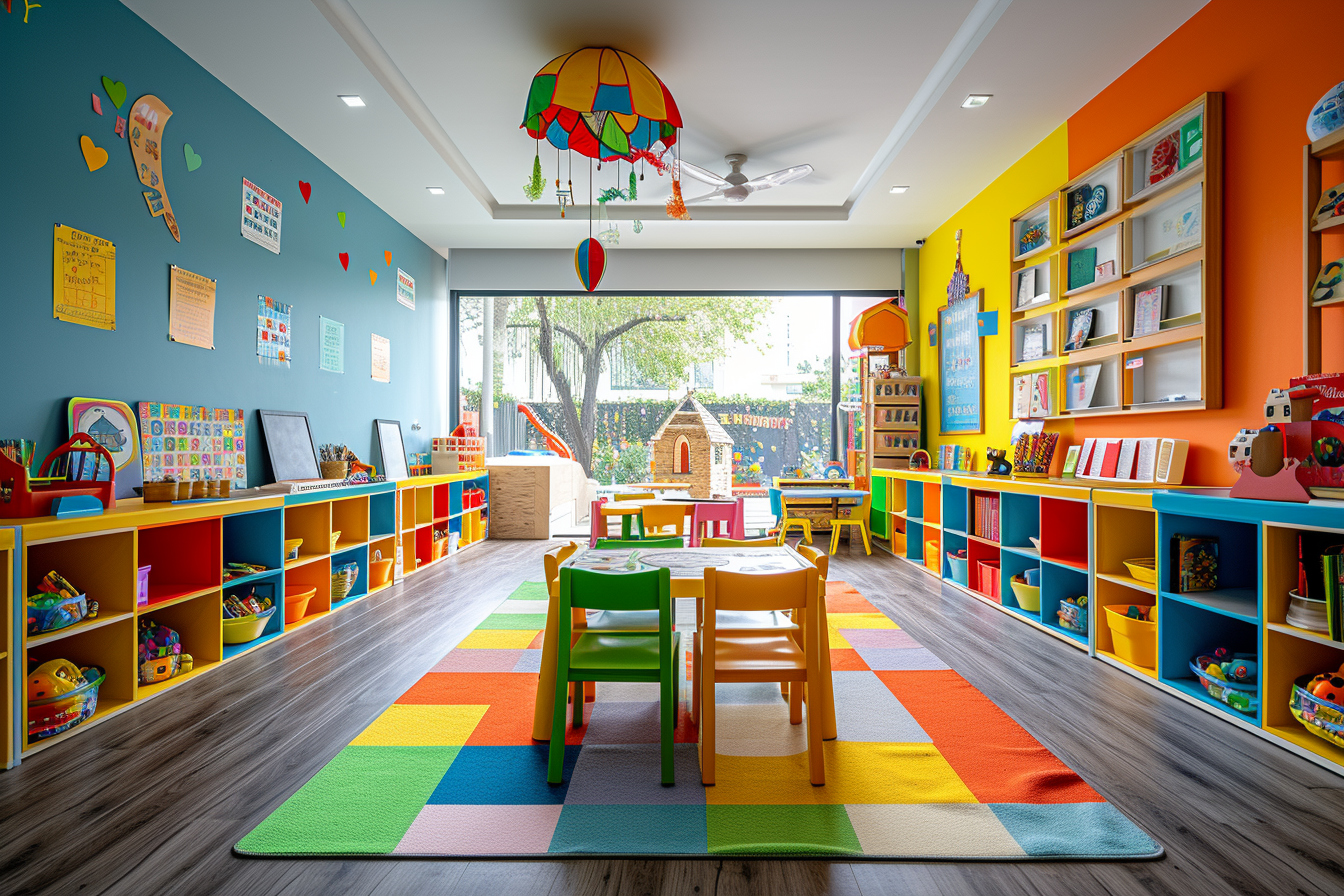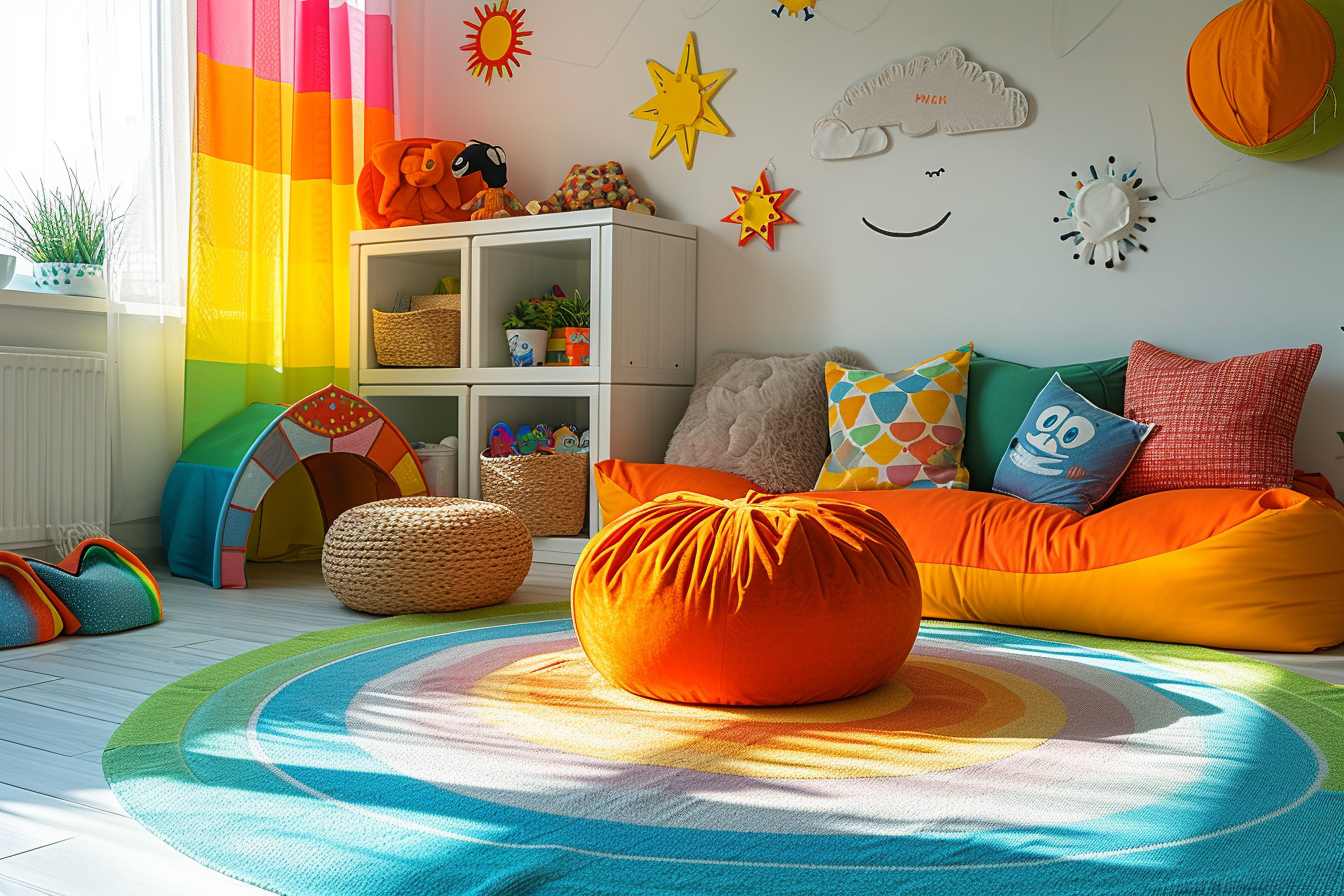Creating a space that captures the vibrant imagination and playful spirit of children can be both a delightful process and an adventure in design. When it comes to decorating a child’s room, the aim is to craft an environment that inspires creativity, growth, and comfort. These tips will walk you through the essential steps to design a dreamy kids’ room makeover that is as whimsical and wonderful as the little ones who will inhabit it.
Start with a theme
Opting for a theme is an excellent starting point to give the room a cohesive and exciting look. Whether it’s inspired by a fairy tale, the cosmos, or a jungle safari, themes can spark ideas for color schemes, decor, and furniture. Allow your child to weigh in on the theme selection to ensure it resonates with their interests and passions.
Colors and paint techniques
Vital to any makeover, the use of color can drastically alter the mood of a room. Soft pastels evoke calmness, while bold hues incite energy and mirth. Consider using innovative paint techniques such as stripes, stencils, or murals to introduce a dash of fun. One can even turn walls into functional play areas with chalkboard or magnetic paint.
Furniture that grows with them
Select furniture crafted to adapt to the evolving needs of growing children. Look for beds that can extend in length, desks that adjust in height, or pieces that can be modified for different uses over time. Multi-functional furniture, like a bed with built-in drawers, can save space and offer an element of playfulness.
Creative storage solutions
A clutter-free environment is essential for play and productivity. Integrate creative storage solutions such as whimsically shaped shelves, colorful bins, or under-bed storage that help in organizing toys, books, and art supplies. It’s crucial to keep storage accessible to encourage kids to tidy up independently.
Harness the power of decor
Accessories and decor items instantly elevate a room’s aesthetic. Crafting a narrative through decor can involve anything from hanging canopies that mimic a castle ambience to applying wall art that brings a favorite story to life. Lighting fixtures in fun shapes can also enhance the magical feel of the space.
Textiles for comfort and flair
Textile choices, including curtains, rugs, and bedding, are an easy way to introduce textures and patterns without commitment. Mix and match for an eclectic vibe, or use a singular pattern in varied colors for unity. Picking out textiles with your child helps them to make the room truly their own.
Diy decor projects
Engage the family in DIY decor projects to add a personal touch to the room. Whether you’re crafting hanging mobiles or customizing drawer knobs, creating decor together fosters a sense of pride and ownership. DIY projects add unique elements that reflect your child’s personality.
Incorporate learning zones

Establish designated areas within the room for specific activities. A cozy reading nook with a comfortable chair and good lighting encourages literary pursuits, while a small desk or table serves as a homework station. Including a ‘creation corner’ for art projects can keep supplies organized and inspire daily creativity.
Balancing aesthetics and function
While decoration is central to a room’s appeal, functional elements are equally vital. Ensure that lighting is sufficient for various activities, and that there’s ample room for play and movement. Consider ergonomics when selecting furniture to provide physical support and comfort as your child grows.
Play with scale and perspective
Children adore spaces that feel designed just for them. Altering scale and perspective in a room can create areas that feel like secret hideouts or grand castles. Loft beds with space underneath for play or reading nooks built into closets utilize the room’s architecture for imaginative play.
Interactive and sensory elements
Incorporating interactive and sensory elements encourages exploration and learning. Wall decals that double as educational tools, tactile rugs with interesting textures, or a small indoor slide can stimulate a child’s senses and motor skills.
Sustainable and safe materials
Mindful of health and environmental impact, choose sustainable materials where possible. Non-toxic paints, organic textiles, and furniture made from renewable resources ensure the safety of your children and the planet. Prioritizing safety also means selecting furniture with rounded edges, and securing bookshelves and tall items to prevent tipping.
Final word: evolvability
As children grow rapidly, designing a room that can evolve with them is strategic. Focus on adaptability in your design choices, enabling the room to transition seamlessly from a toddler’s wonderland to a young adult’s haven. Modular furniture, neutral walls with bold decor accents, and easily swappable accessories provide longevity to your design choices.
Decorating a child’s room should capture the joy and wonder of childhood, creating a sanctuary that mirrors their evolving journey. By embracing these creative decorating tips, parents can design a space where children don’t just sleep but dream, learn, and play—a true dreamy space that they, and you, will treasure for years to come.











